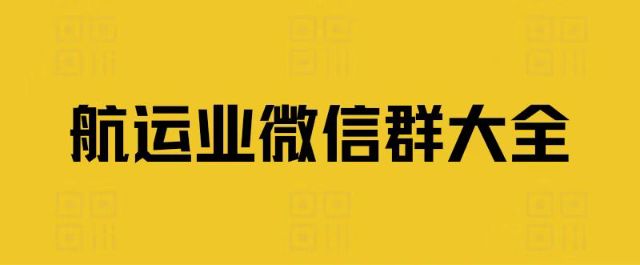This is a key convention that contains numerous terms and requirements related to ship safety. For example, terms like “life-saving appliances” which covers lifeboats, lifebuoys, and lifejackets, and “fire safety systems” including fire extinguishers, fire alarms, and fire dampers. It sets the standards for the design, construction, and maintenance of these systems on ships to ensure the safety of crew and passengers in case of emergencies.


